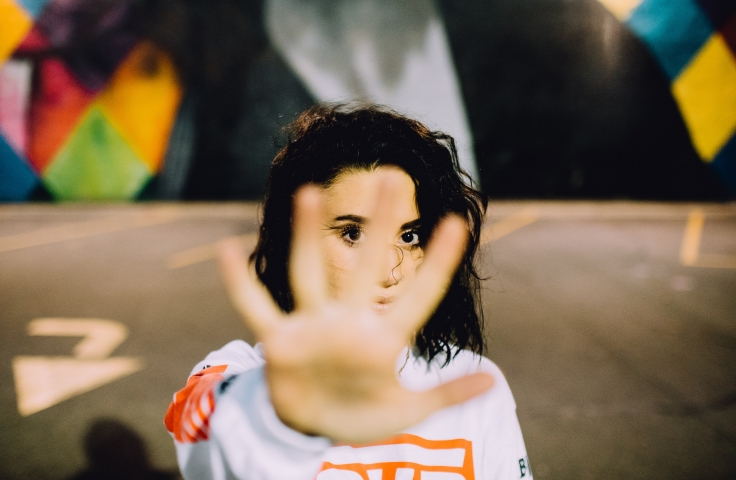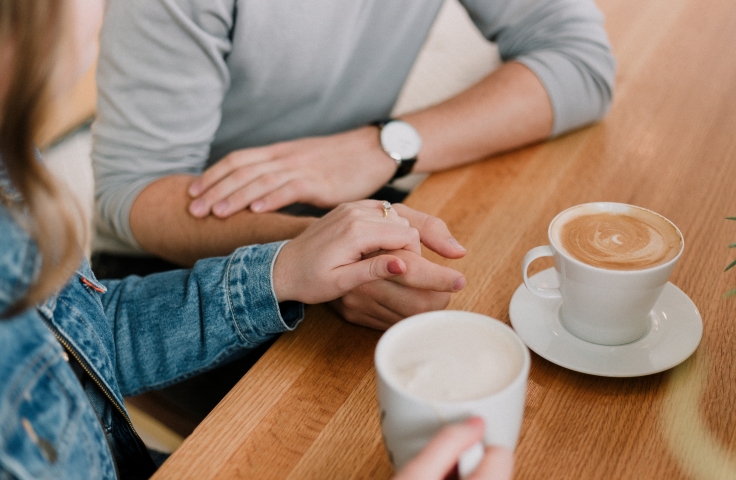A bystander is a person who is present and witnesses something but is not directly involved in it whereas an active bystander is someone who not only witnesses a situation, but takes action to keep a situation from escalating or to disrupt a problematic situation.
In today's society, with the prominence of movements such as #MeToo and Black Lives Matter, and prejudice arising from the COVID-19 pandemic, many of us are asking 'what can I do to help?'
Active bystanders are valuable allies in combating disrespectful behaviour, attitudes and systems and play a pivotal role in helping prevent incidents from occurring in the first place. But you don’t become one by just talking or posting about it. It requires self-education and action.
Read more on how to be an active bystander and safely intervene in future situations.



